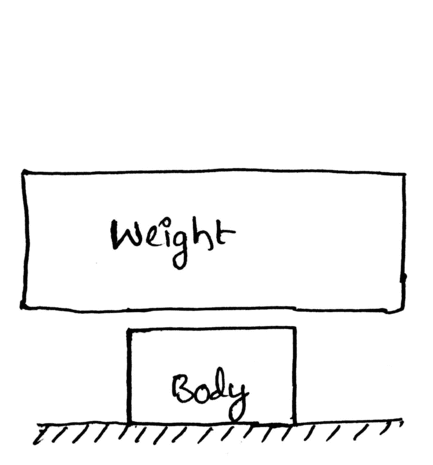Resilience is a capability of a material to absorb the energy. Briefly, the Strain energy stored in a body due to some external load is known as the Resilience where the body is within the elastic limit. Proof Resilience and Modulus of Resilience are discussed in this article.

Resilience
When a body subjected to external load within the elastic limit, the body gets deformed. On the removal of the external load, the body will get its original shape(Under load within elastic limit). Why because the body can store some internal energy.
From the Hooke’s law
Stress is directly proportional to the Strain.
Stress is the load applied per area whereas the strain is the deformation(Change in length/ Original length).
From this, as the load increase, the deformation will also increase. when load decreases, the deformation will also decrease where the applied load should be within the elastic limit.
What is meant by elastic limit?
Simply the load limit where permanent deformation started. This can be explained with the help of the Stress-Strain Diagram.
This diagram explains the behaviour of the material under application of continuous external load.
Ok lets back to the subject
This Energy stored by the body to regain its original shape is called Strain Energy. The strain Energy stored in a body due to the external loading is known as the Resilience.
Proof Resilience
The maximum amount of the strain energy can be stored in the body up to the elastic limit is defined as the Proof resilience. as simple as that.
Modulus of Resilience
Mathematically Modulus of Resilience can be defined as the ratio of The proof resilience to the volume of the body.
From this, the Strain energy stored in the body is equal to the product of the Modulus of Resilience and the volume of the body.

This is what resilience is. Resilience is nothing but the Strain energy. from the above equation, we can calculate the resilience.
Units for Resilience = joule per cubic meter (J·m−3)
Where
V = Volume of the Body.

σ = Tensile stress or Compressive Stress.
E = Youngs modulus of the material of the body.
Important Observation
The formula of the modulus of Resilience will be different when the type of load changes for example if it is shear loading or torsional loading the formula for the resilience will be changed. They have given below.


Conclusion
The resilience and the Modulus of resilience can be calculated with the help of above formula only when the material is linearly elastic. The formula we provide for the resilience above is not valid for nonlinear elastic materials like rubber.



Very educative I like engineering technologies things .
Educative ! Thanks for sharing the information with us.
Thanks!